What is our theme?
Light and Shadow
What is the lesson (overall purpose)?
Students will use simple hand puppets to experience and play with light and shadow.
MA Guidelines/Standards:
APL 2: The child will demonstrate eagerness and curiosity as a learner.
PreK-PS4-2 (MA). Connect daily experience and investigations to demonstrate the relationships between the size and shape of shadows, the objects creating the shadow, and the light source.
Learning Outcomes:
- Student will explore and play with the relationship between light and shadow.
- Student will investigate the difference in size when closer to light source versus farther away.
Songs, Books & Videos (Motivational Techniques)
“Shadows-The Dr. Bincos Show” – kid friendly educational science youtube link https://www.youtube.com/watch?v=lOIGOT88Aqc
The 3 Little Pigs-Shadow Puppet short filmhttps://www.youtube.com/watch?v=iCmFWJjc4RA
Materials
- A light source (example: flashlight, bendy/gooseneck lamp)
- Your hands!
(Optional) Shadow Puppet Materials:
Activity (Procedure):
- Start by watching the “Shadows” science youtube link. Talk about what they learned.
- Explain to them how you can create your own show or play using shadow puppets! Explain how you will need a light source and that it would be helpful to be in a dark room. Create the space together.
- Show them various ways to make hand shadow shapes. Allow for time to play and create their own story.
- Allow them to play and create a story using shadow puppets (if you decide to make some!).
Activity Wrap Up:
- Discuss what you need to have in order to find shadows (Light and object).
- Discuss what happens when you’re closer to the light source versus farther from the light source.
How do I know what my child is learning? (Assessment)
-Does my child know what is needed to have shadows?
- Does my child play with the differences of being closer to or farther from the light?
- Is my child interested and curious to explore the relationship between light and shadow?
How can you extend this activity? (Modifications)
Can you do this in different rooms? On the ceiling? Outside? In the morning versus at night?
Helpful Hints: (Pitfalls & Solutions)
Light and Shadow
What is the lesson (overall purpose)?
Students will use simple hand puppets to experience and play with light and shadow.
MA Guidelines/Standards:
APL 2: The child will demonstrate eagerness and curiosity as a learner.
PreK-PS4-2 (MA). Connect daily experience and investigations to demonstrate the relationships between the size and shape of shadows, the objects creating the shadow, and the light source.
Learning Outcomes:
- Student will explore and play with the relationship between light and shadow.
- Student will investigate the difference in size when closer to light source versus farther away.
Songs, Books & Videos (Motivational Techniques)
“Shadows-The Dr. Bincos Show” – kid friendly educational science youtube link https://www.youtube.com/watch?v=lOIGOT88Aqc
The 3 Little Pigs-Shadow Puppet short filmhttps://www.youtube.com/watch?v=iCmFWJjc4RA
Materials
- A light source (example: flashlight, bendy/gooseneck lamp)
- Your hands!
(Optional) Shadow Puppet Materials:
- Cardboard (or a heavier card stock paper)
- Kebab Skewers or wooden dowels
- Black Paint
- Scissors
- Tape (packaging or duct tape work best)
Activity (Procedure):
- Start by watching the “Shadows” science youtube link. Talk about what they learned.
- Explain to them how you can create your own show or play using shadow puppets! Explain how you will need a light source and that it would be helpful to be in a dark room. Create the space together.
- Show them various ways to make hand shadow shapes. Allow for time to play and create their own story.
- Allow them to play and create a story using shadow puppets (if you decide to make some!).
Activity Wrap Up:
- Discuss what you need to have in order to find shadows (Light and object).
- Discuss what happens when you’re closer to the light source versus farther from the light source.
How do I know what my child is learning? (Assessment)
-Does my child know what is needed to have shadows?
- Does my child play with the differences of being closer to or farther from the light?
- Is my child interested and curious to explore the relationship between light and shadow?
How can you extend this activity? (Modifications)
Can you do this in different rooms? On the ceiling? Outside? In the morning versus at night?
Helpful Hints: (Pitfalls & Solutions)
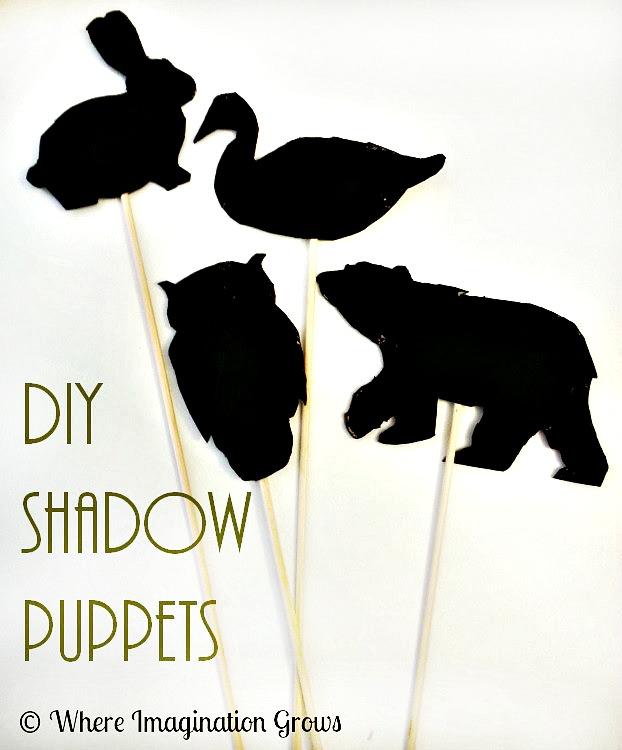
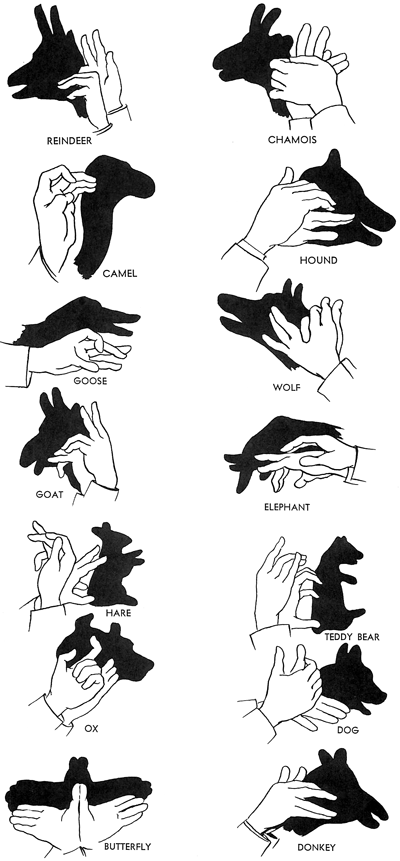
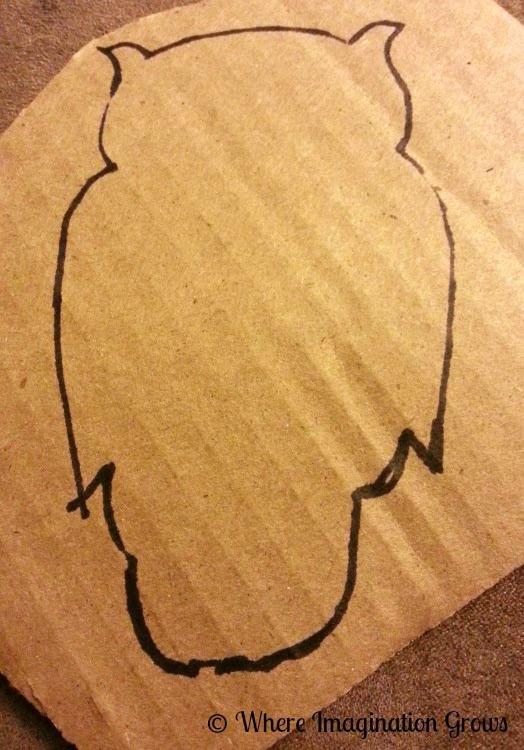

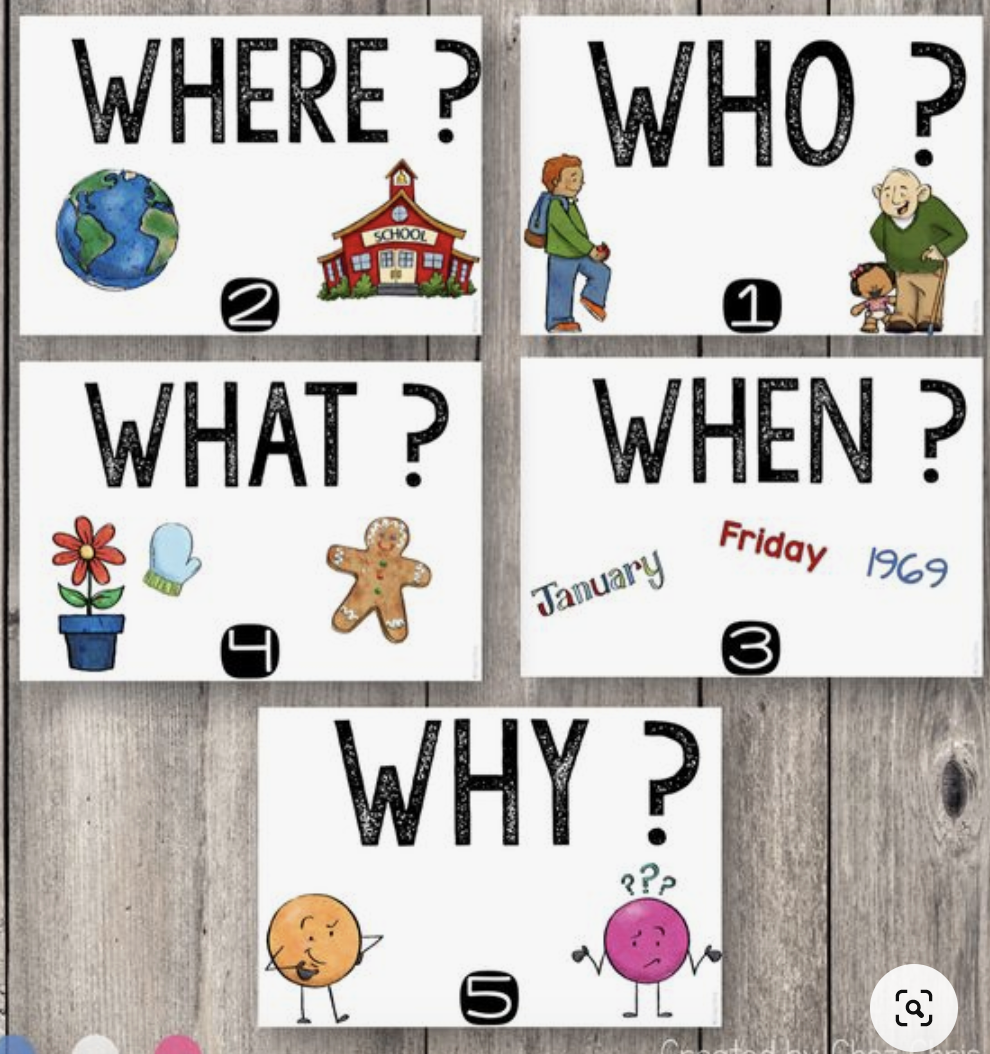
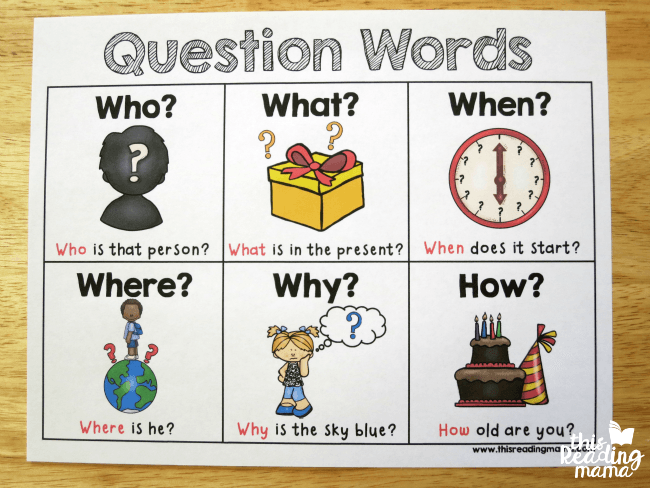
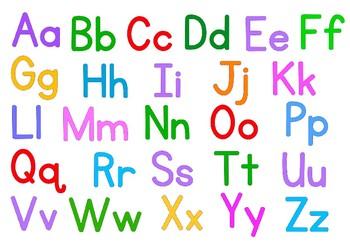
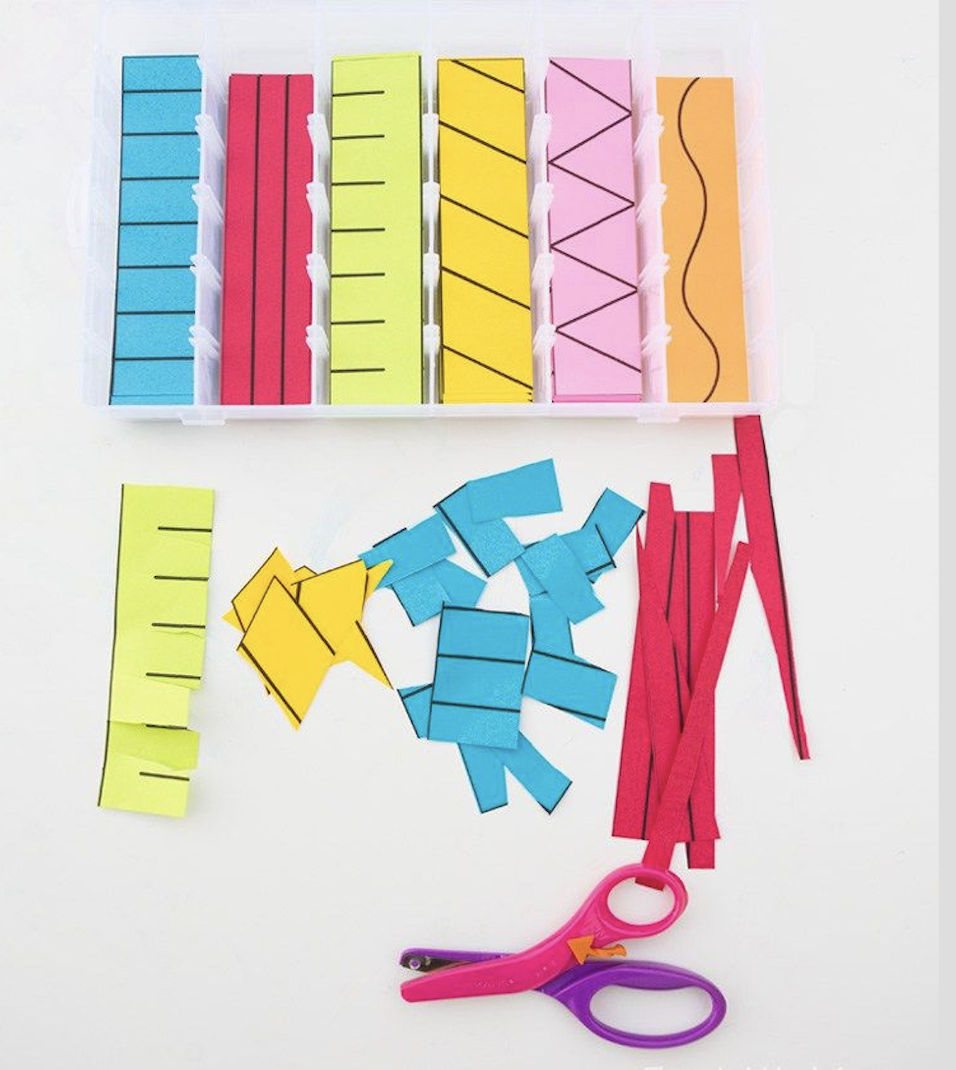

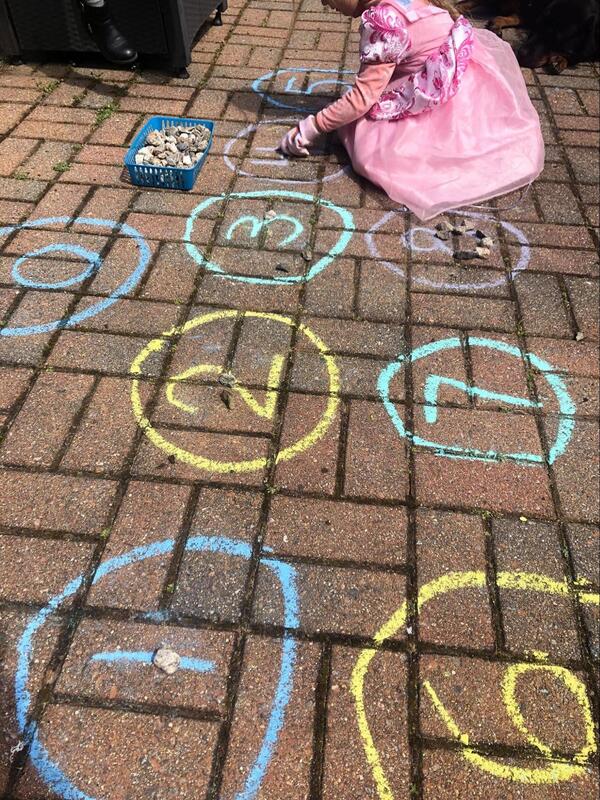
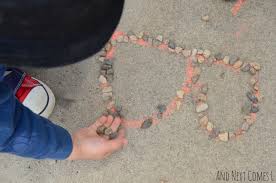
 RSS Feed
RSS Feed
